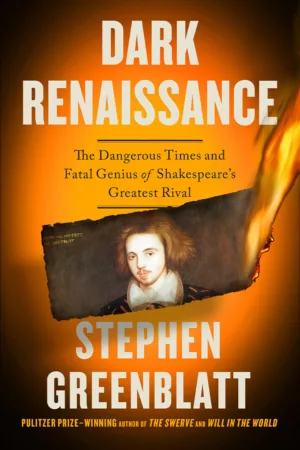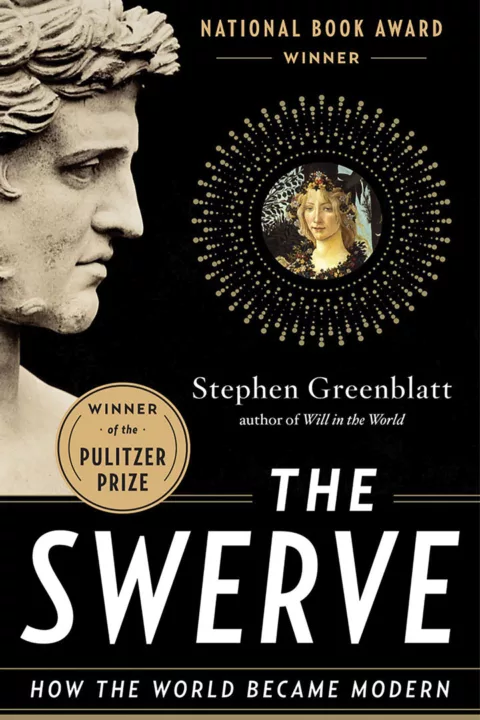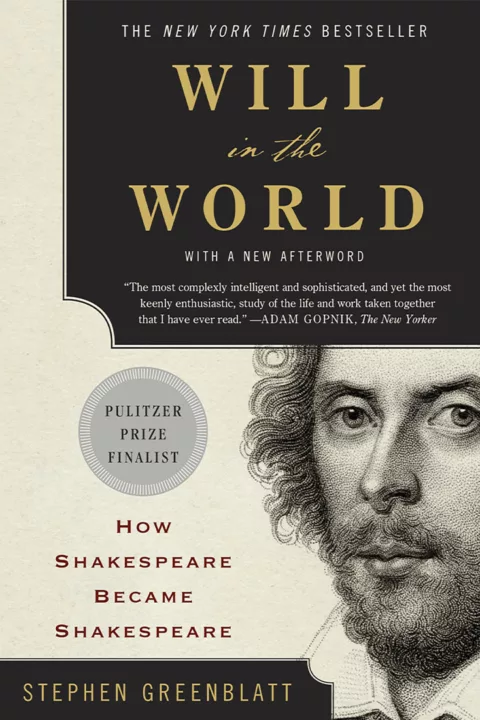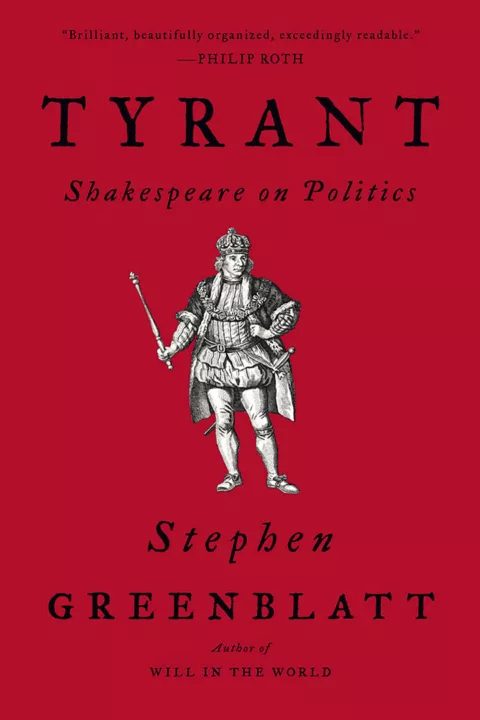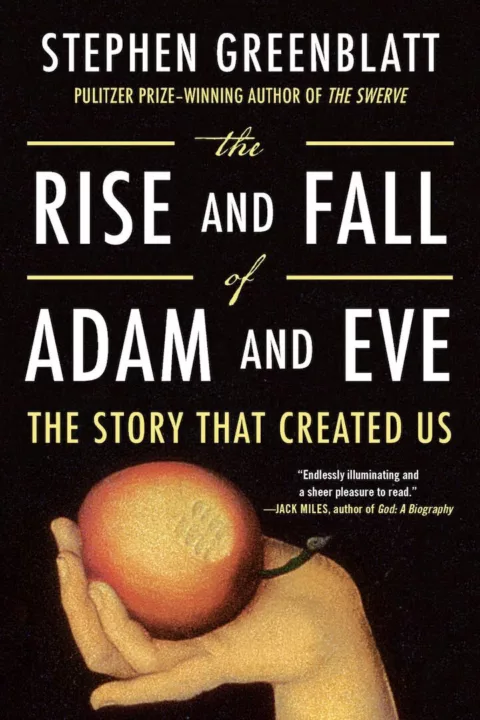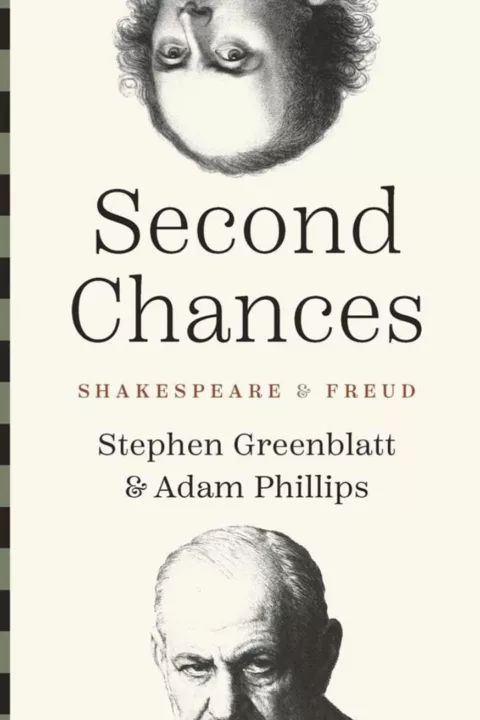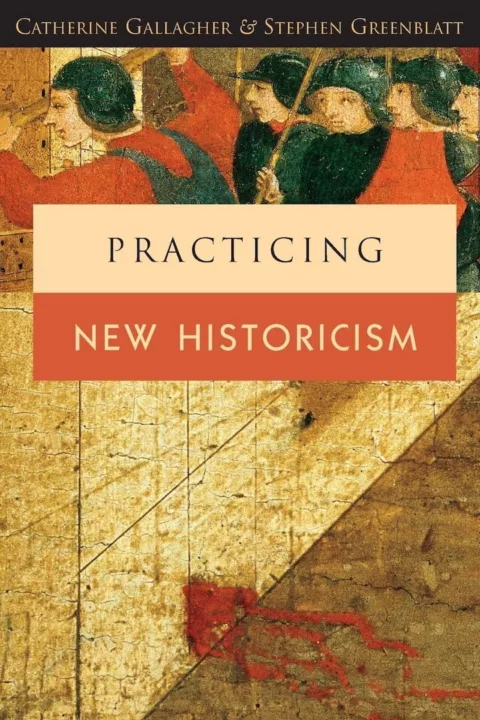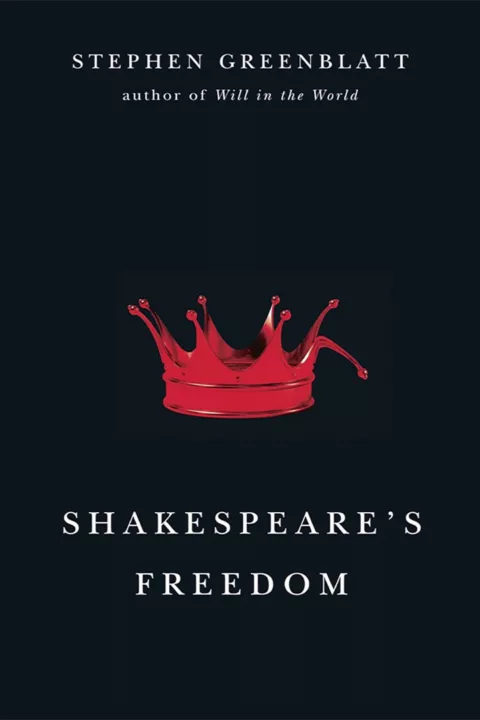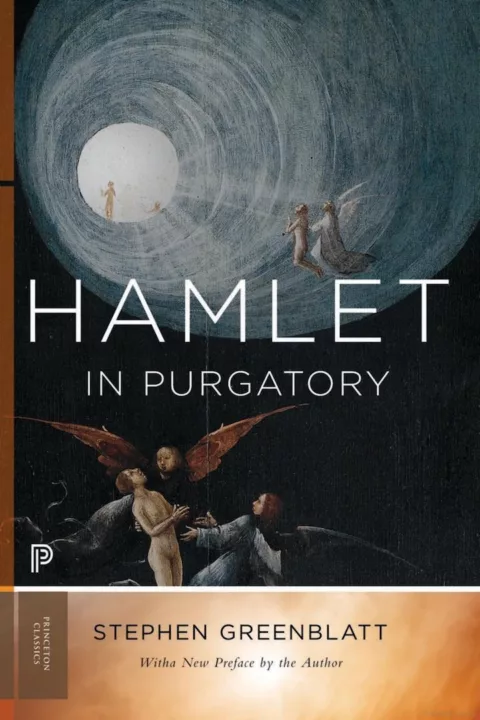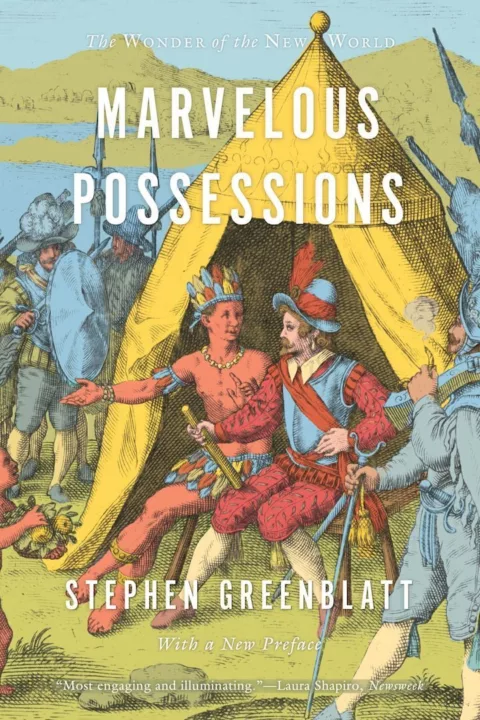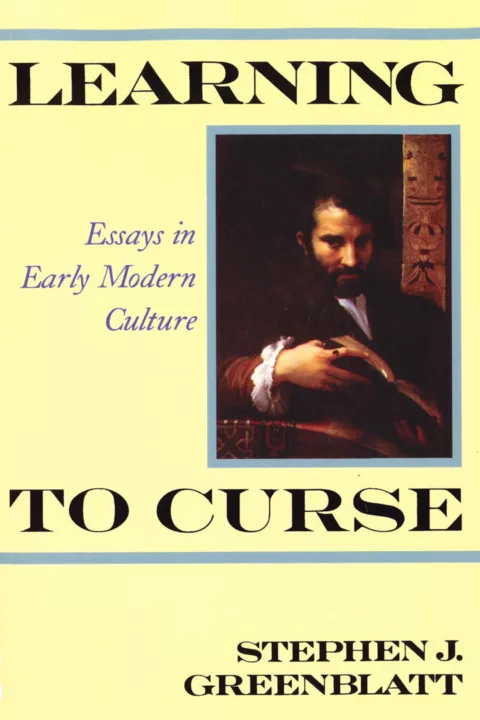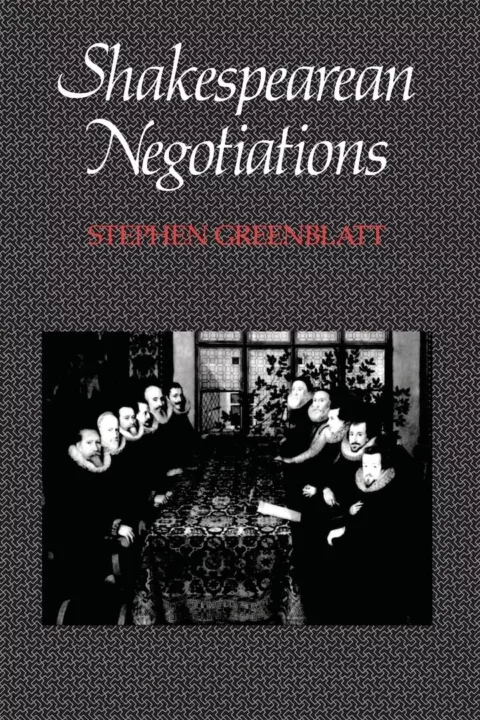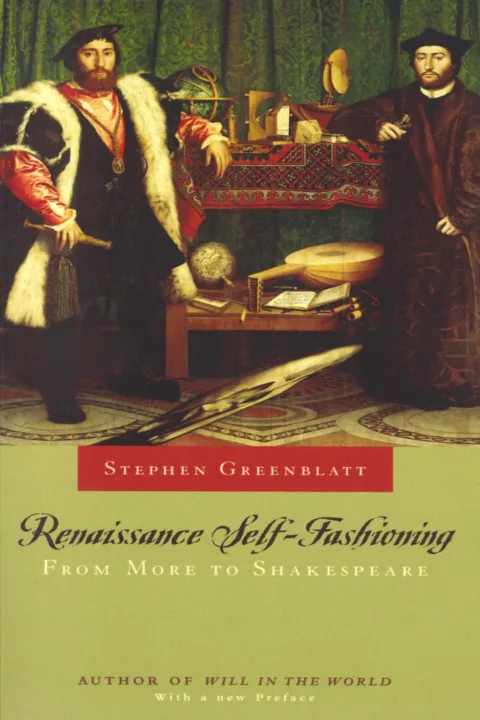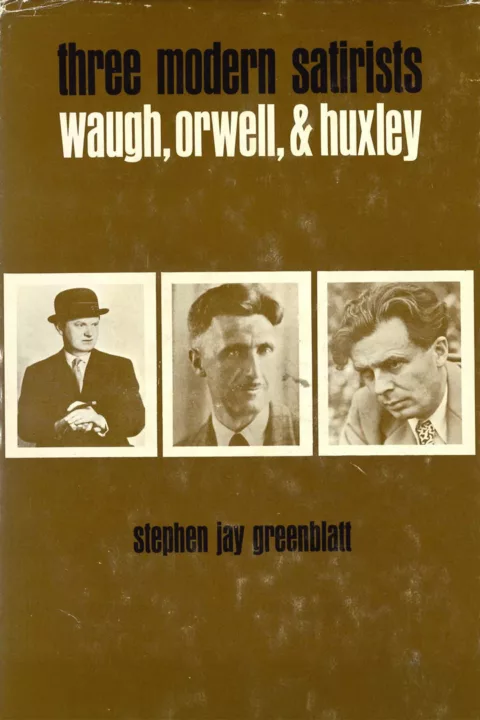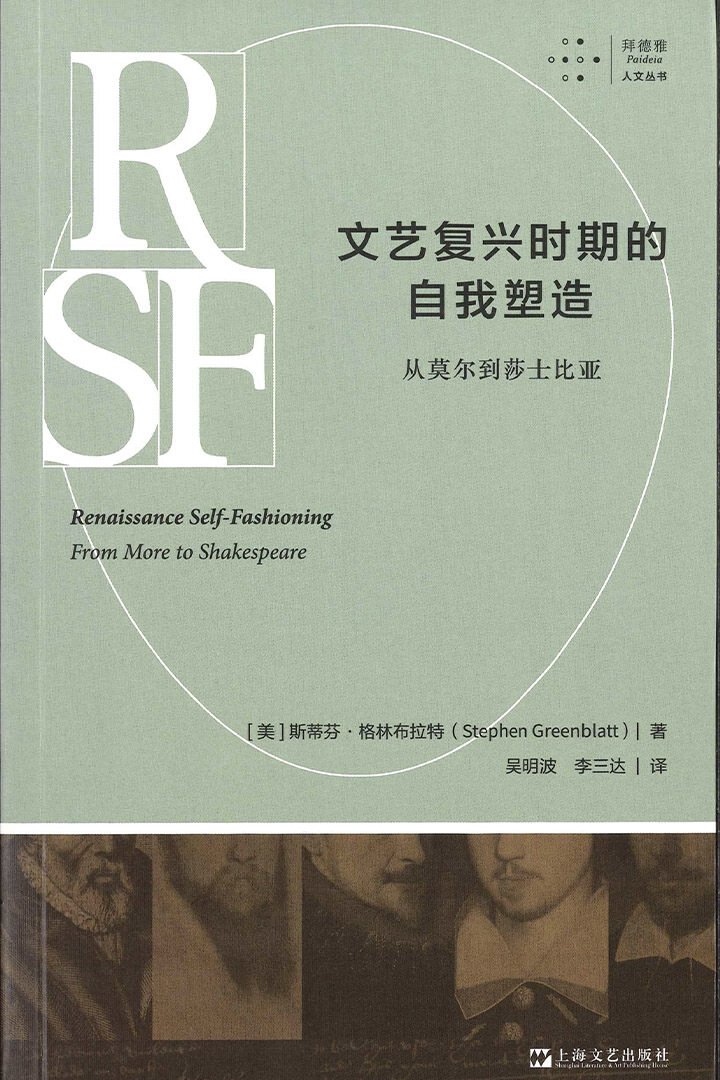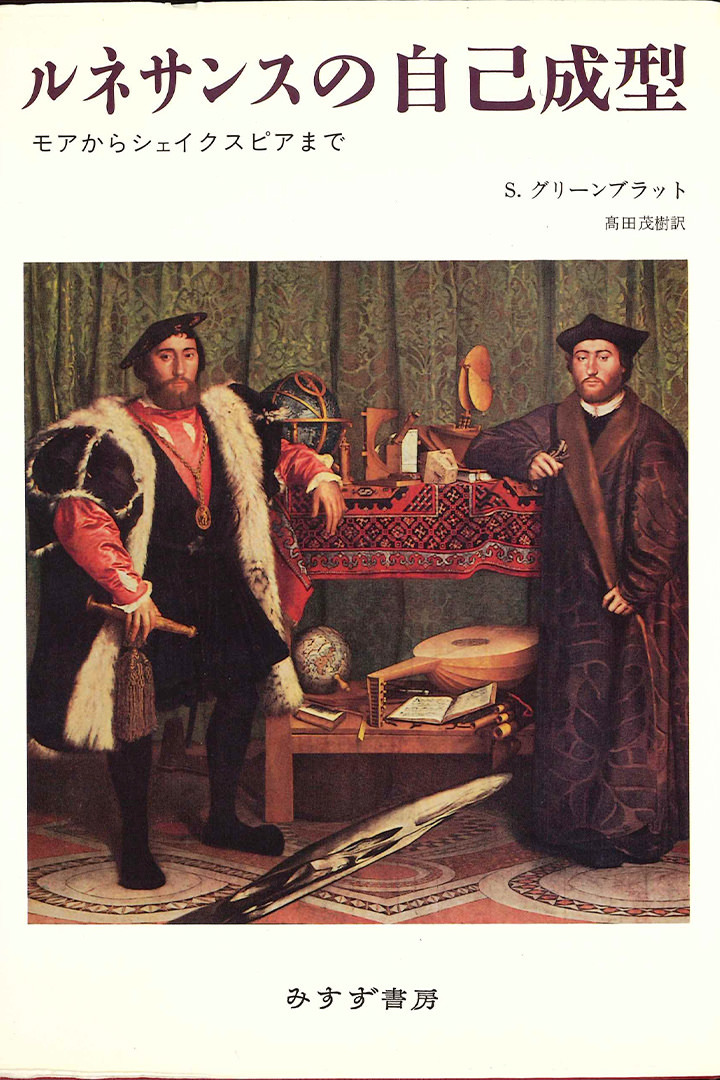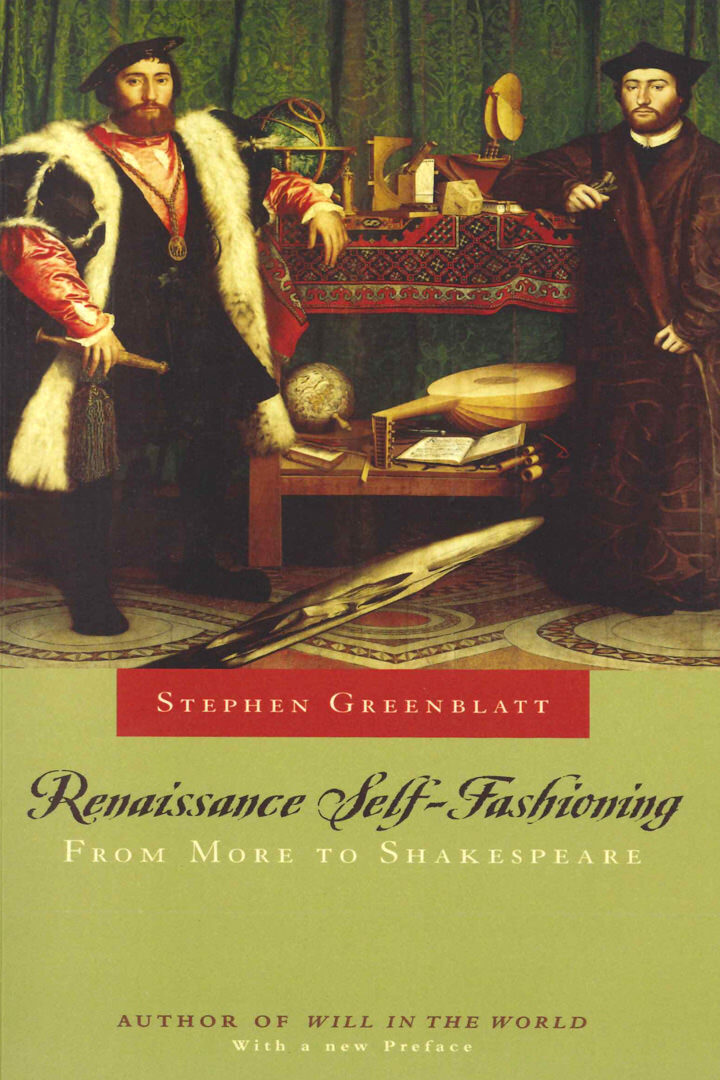
Stephen Greenblatt’s Renaissance Self-Fashioning is a study of sixteenth-century life and literature that spawned a new era of scholarly inquiry. Greenblatt examines the structure of selfhood as evidenced in major literary figures of the English Renaissance — More, Tyndale, Wyatt, Spenser, Marlowe, and Shakespeare — and finds that in the early modern period new questions surrounding the nature of identity heavily influenced the literature of the era. Now a classic text in literary studies, Renaissance Self-Fashioning continues to be of interest to students of the Renaissance, English literature, and the new historicist tradition.
Praise for Renaissance Self-Fashioning
“Renaissance Self-Fashioning continues to generate the intellectual excitement that greeted its publication in 1980. Greenblatt’s classic placed the world of Renaissance scholarship in a deep and vigorous dialogue with literary modernity. This is a remarkable work that continually moves between aesthetic wonder and historical reflection.”
“One day we were teaching Renaissance literature to small group of somewhat bored students, the next Renaissance Self-Fashioning had appeared, and suddenly studying the Renaissance was all the rage, exciting and new. Stephen Greenblatt’s book entirely altered the critical landscape — showing with compelling lucidity that social anthropology and psychoanalysis were essential tools for understanding Renaissance writing. I can’t think of any other critical work since T.S. Eliot to have made that kind of impact.”
“It is wonderful to see Stephen Greenblatt’s most influential book turned loose on a new generation of students. Renaissance Self-Fashioning, a classic of the human sciences, taught two generations of scholars to read books and lives in radically new ways. Its arguments remain as challenging as they were when it first appeared.”
“No one who has read [Greenblatt’s] accounts of More, Tyndale, Wyatt, and others can fail to be moved, as well as enlightened, by an interpretive mode which is as humane and sympathetic as it is analytical. These portraits are poignantly, subtly, and minutely rendered in a beautifully lucid prose alive in every sentence to the ambivalences and complexities of its subjects.”
Order Renaissance Self-Fashioning
